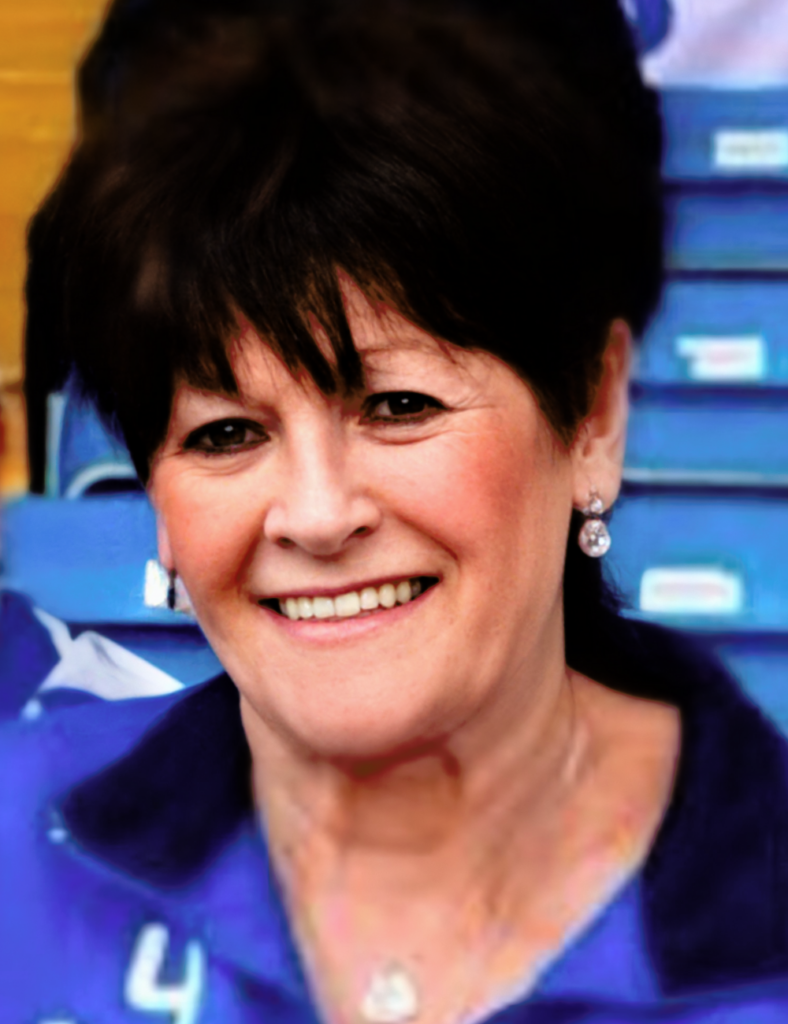- Work Hard
- 22nd Apr 2023
- 1.2k Views
- 0
- 1 minutes
We meet former Scotland manager Elsie Cook, who helped overturn the ban against women playing football

From playing in FA Cup finals at Wembley to her date with Pelé, Elsie had quite the adventure on her journey to equality in the beautiful game…










Comments